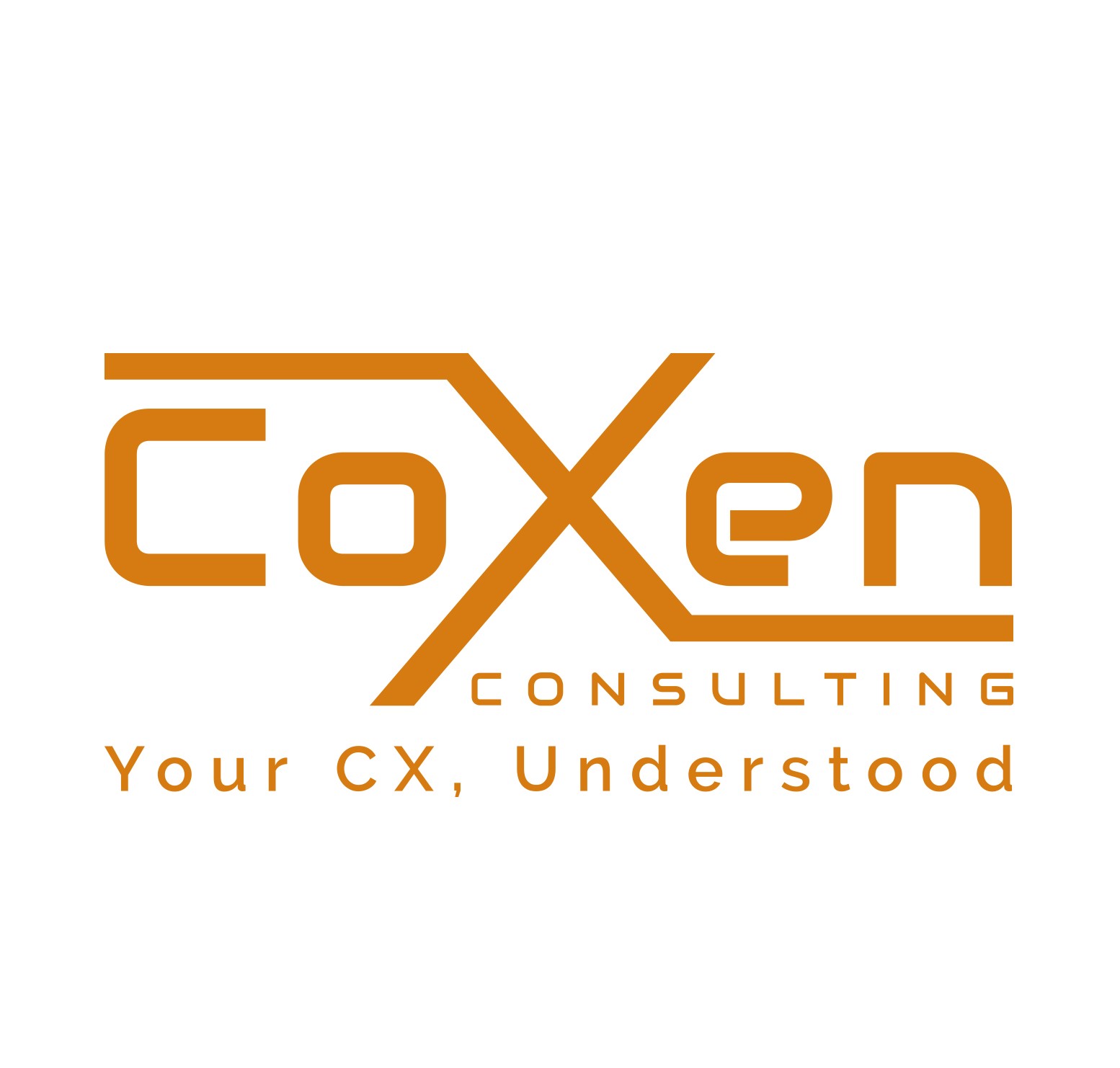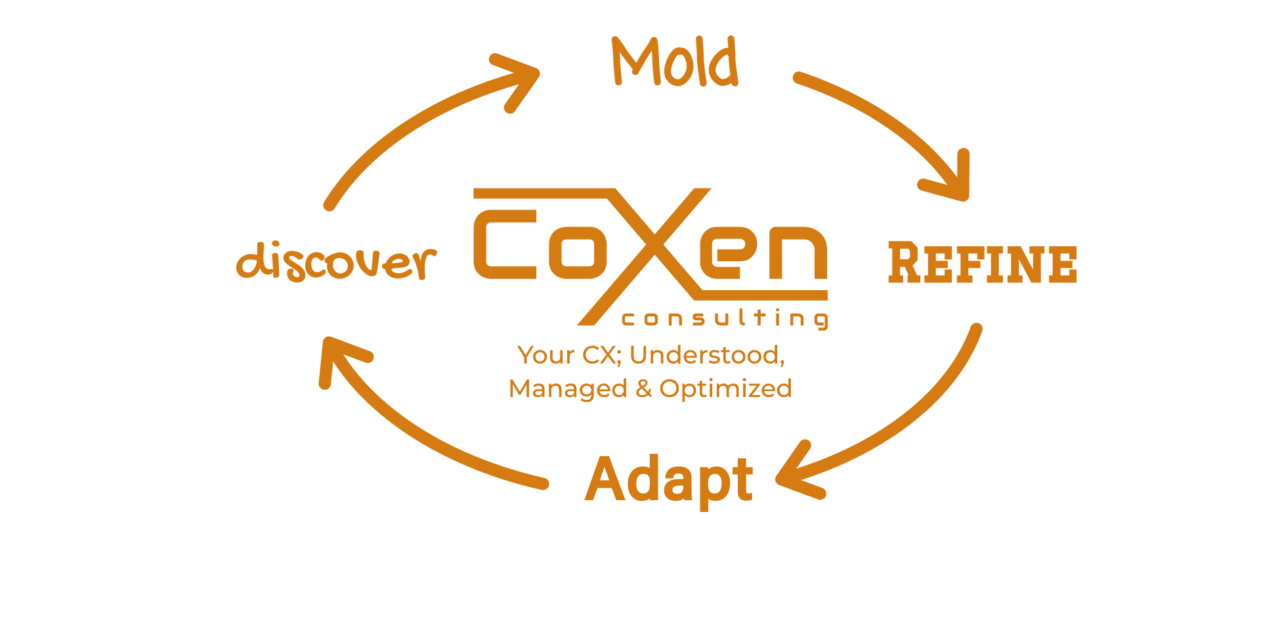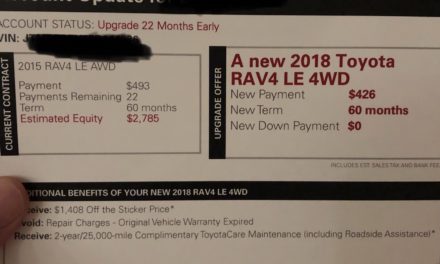Your CX; Understood, Managed, & Optimized
Can you think of a company without a customer base? I’ve tried really hard and I can’t. I’m going to keep searching but in the meantime, I’m going to keep working under the assumption that most companies have customers and that in some way, large or small, customers play some role in the success, outcome or existence of every company. Working under this assumption, the experience of every customer or at least the customer base as an aggregated whole needs to be considered, monitored, and understood.
Companies that want to do better for their customers and employees, improve their bottom-line and keep owners and shareholders happy and aligned with the company strategy, focus some attention to the customer experience and respect it for the catalyst to success that it is. Really successful companies do this very naturally and sometimes without even know how much focus they are giving it because it is so second nature. Other companies where it is less natural, discipline themselves to learn more about it and it’s effect on the company and force time for it to be brought to the forefront. And still, some companies ignore it all together and reap the impact of doing so.
It is my experience, knowingly or not, leaders of companies are operating in and making an impact on one or more of the 4 areas of customer experience (CX) management cycle, lovingly called the CoXen Cycle: Discovery, Molding, Refining, Adapting. (My friend told me ‘CoXen Cycle’ sounds like a disease, 😉 ) The more a leadership team is purposefully marching a company through the natural course of working with the customer base as they maneuver the phases of the phase of CX management, the less likely disruption, customer displeasure, and employee disengagement will be witnesses. Conversely, isolated strategy modifications rolled out that negatively refine the CX in some way without insight and understanding from a well understood CX discovery or unearthing a properly molded CX can quickly cause frustration felt all through the customer base, company employment, and ownership.
May I illustrate with two extremes? Knowing that we use extremes to make a strong point and catch your attention, but then we need your help using your businesses expertize to make it most applicable.
First, in 1994 a company starts an online bookstore, primarily competing with brick and mortar bookstores. It IPO’s in 1997 and expenses beyond books starting in 1998. In 1999, with a market valuation in the mid-hundred millions, Wall Street market analyst vote this company as the most overvalued stock. Today, Amazon’s market cap is $735 billion, yes, billion with a ‘B’.
Next, in 1983 a soda company with shrinking market share is looking to improve their position. A product was proposed to replace the existing product. Executives, overly focusing on the taste-test data, ignored or disregarded market research and focus group feedback, and downplayed less favorable customer feedback data points for the product. In April 1985, New Coke was launched. 78 days later after enormous public outcry old coke was reintroduced rebrands as Coca-Cola Classic. A national news station saw the change as worthy of “break into regularly scheduled programming” and a US senator called the reintroduction a “meaningful moment in U.S. History”. New Coke remains an iconic product replacement failure and staple in textbooks.
With the 4 areas of CX management in mind, please ponder the below and apply them to your own business:
- What if Amazon had not molded and adapted with discovered CX needs?
- What was the damage of Coke’s myopic focus on one element of the CX?
- How would your and your friends live’s personally be if Amazon stopped discovering and refining the CX and said, “Nope, we just sell books!”?
- Why was Coke so easily blinded by market share loss?
- What might the Amazon outcome have been for overly focusing on Wall Street analyst views in 1999?
In the coming weeks, I’ll explore and share points on each of the CoXen Cycle’s elements; Discover, Mold, Refine, and Adapt. In the meantime, self-assess where you are in the cycle and ensure you’re moving toward an improved customer and employee experience in the steps you are taking next.






What is being talked about…